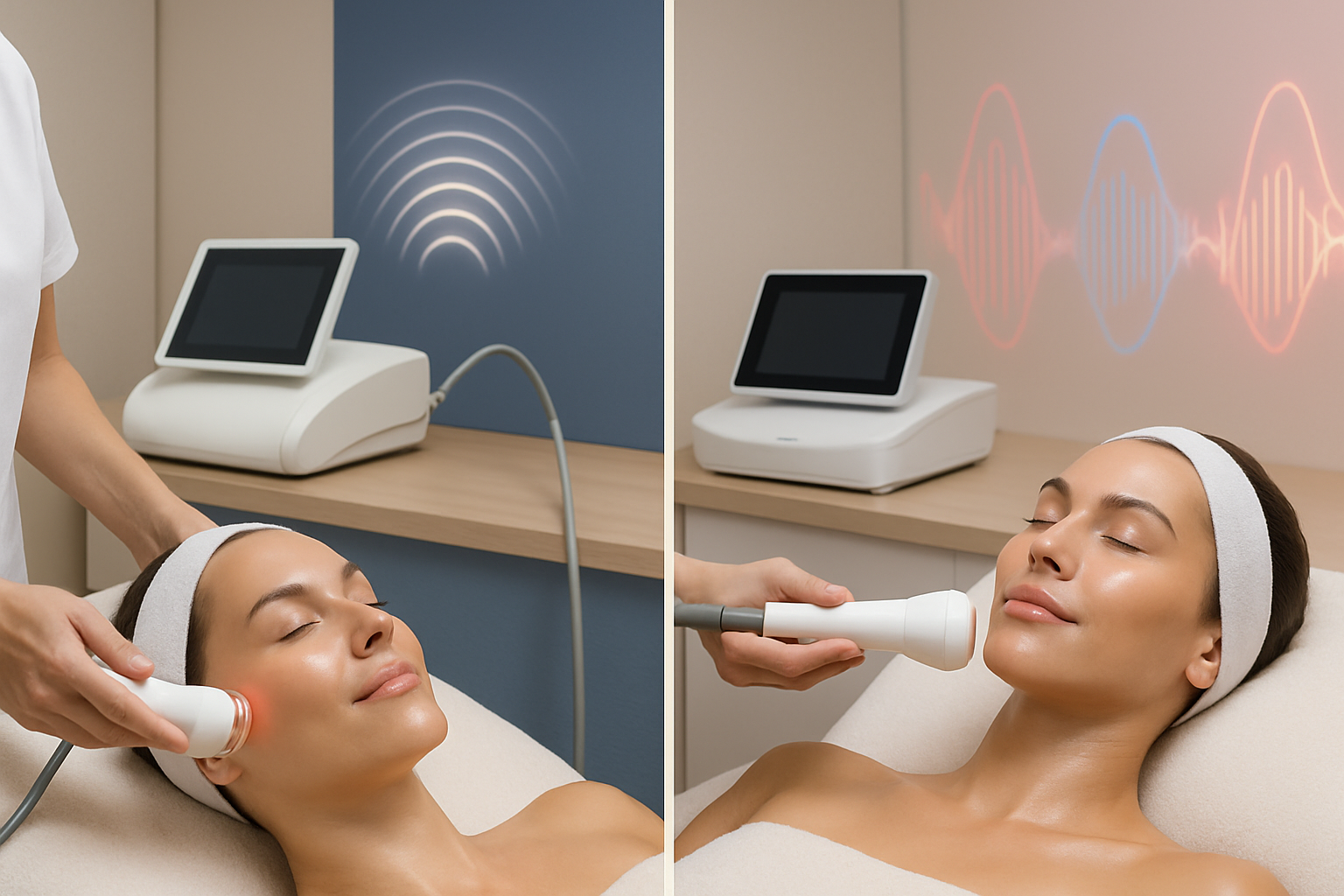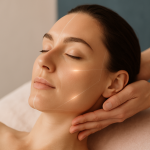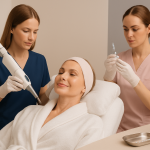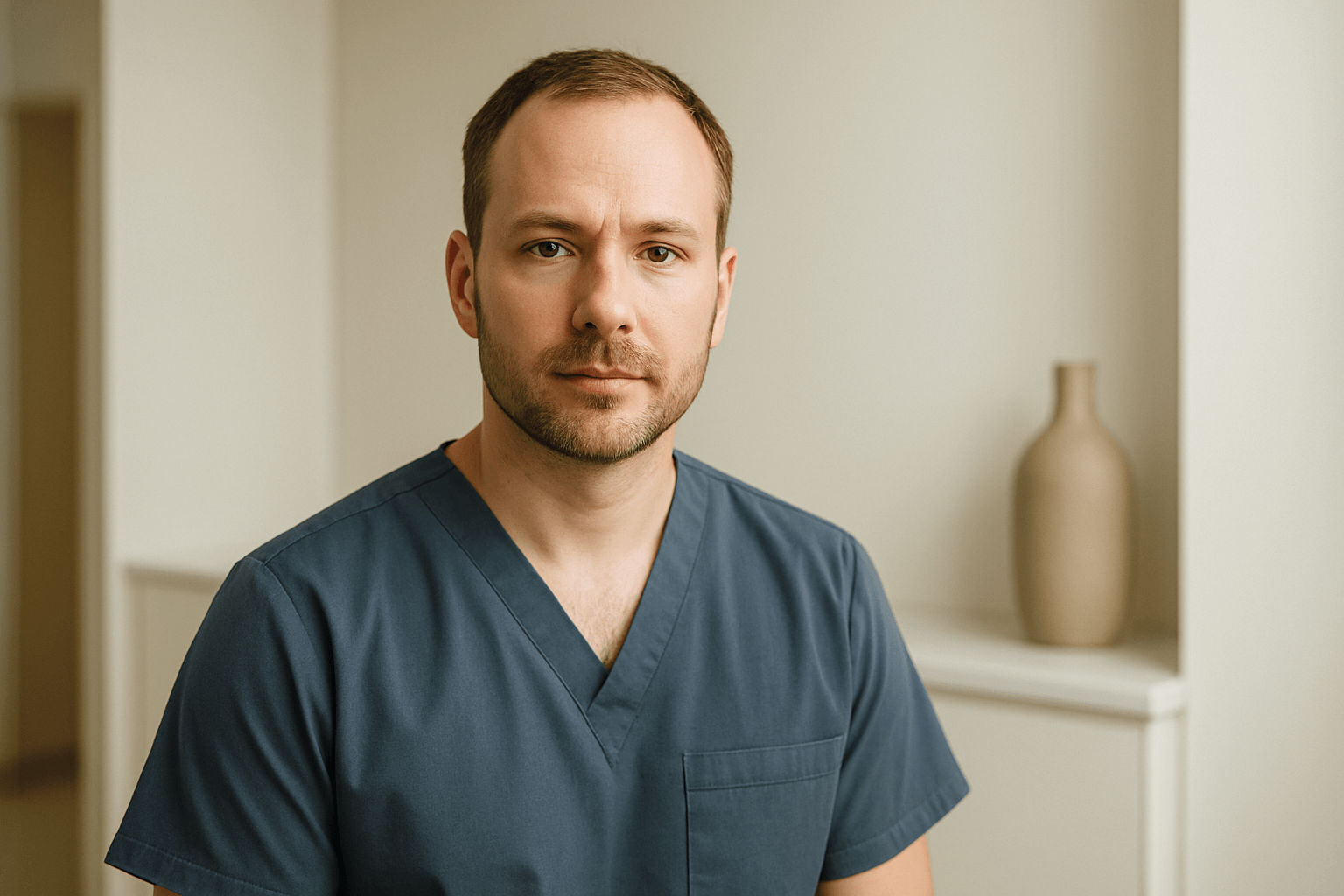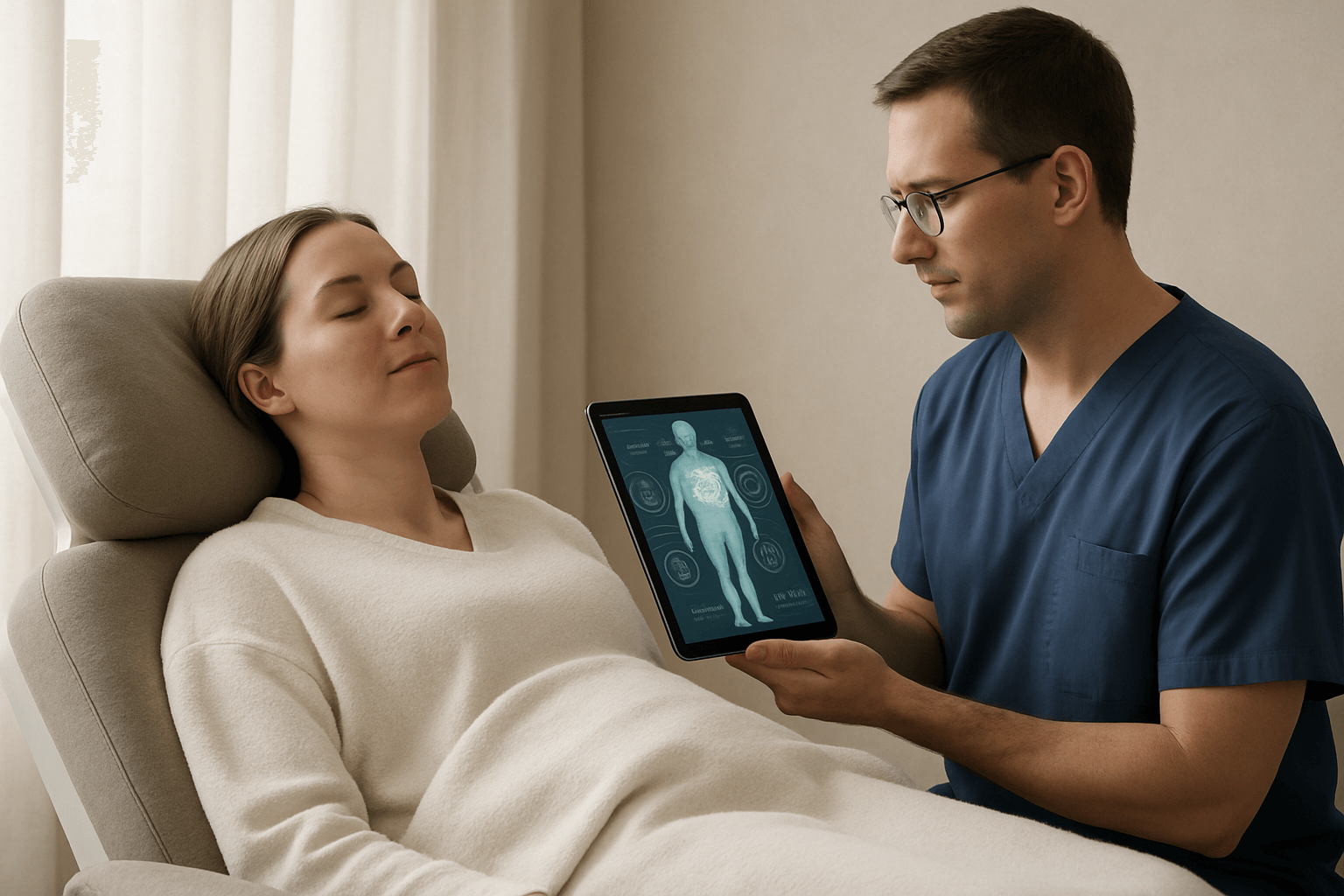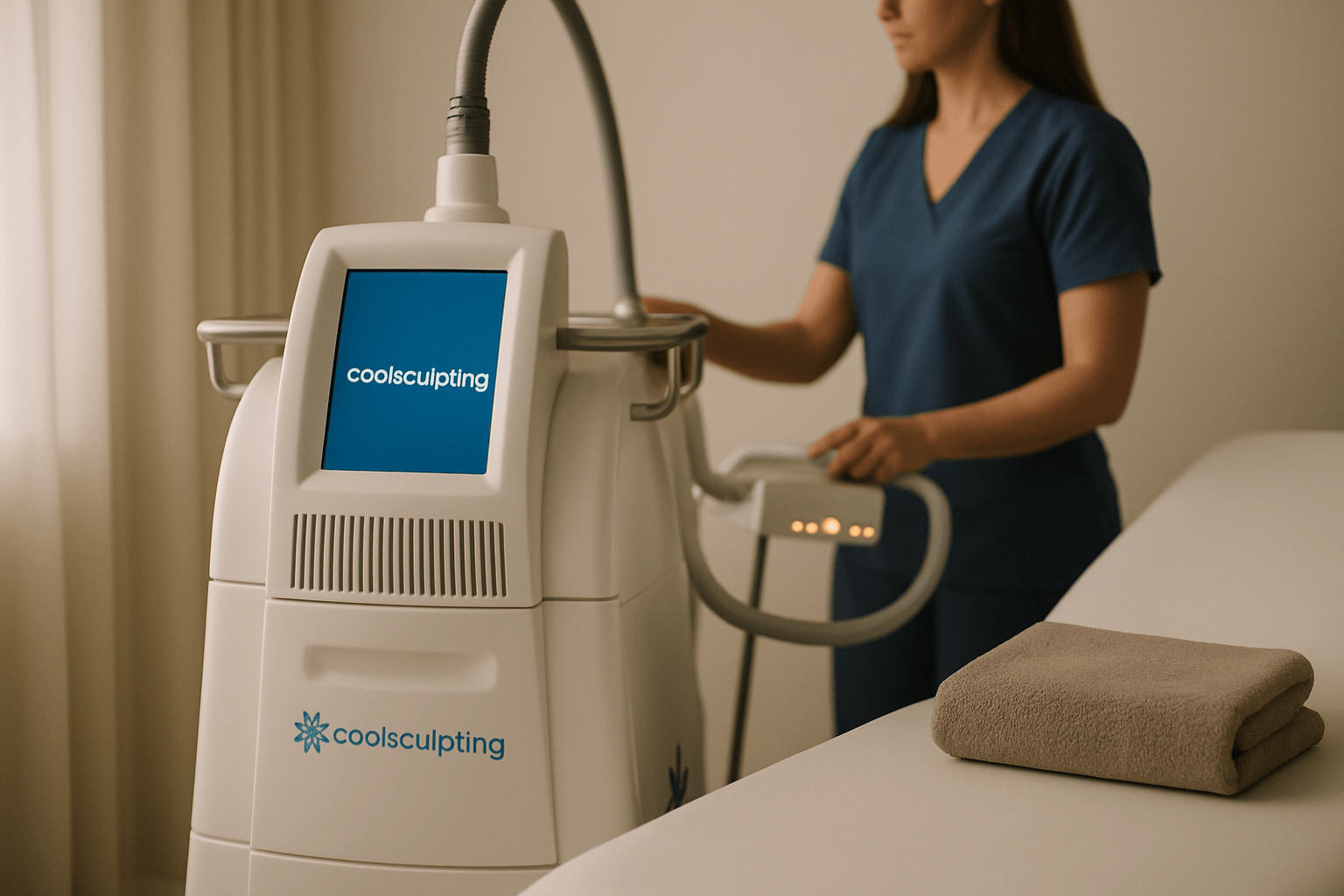If you’re exploring non-surgical options to firm up your skin, you’ve probably come across two popular contenders: radiofrequency (RF) and ultrasound therapy. These tech-driven treatments promise tighter, smoother, younger-looking skin—without a scalpel in sight. But how do they work? And which one delivers the best results?
In a beauty landscape filled with buzzwords and brand names, understanding the science behind these treatments is crucial. This blog breaks down the key differences between skin tightening radiofrequency vs ultrasound—helping you make an informed, glow-up-worthy decision.
Jump To:
TLDR – Quick Guide
| Criteria | Radiofrequency | Ultrasound |
| How it works | Heats skin using electrical energy | Uses sound waves to target deeper layers |
| Depth of penetration | Shallow to mid-dermal layers | Targets deeper connective tissue |
| Best for | Mild to moderate skin laxity | Moderate to severe skin laxity |
| Results timeline | Gradual, seen over weeks | Noticeable tightening after 2–3 months |
| Downtime | Minimal to none | Minimal to none |
Detailed Breakdown
How Radiofrequency Skin Tightening Works
Radiofrequency (RF) energy works by delivering controlled heat to the dermis, the middle layer of the skin. This heat stimulates collagen and elastin production, tightening the skin over time.
- Popular brands: Thermage, Exilis, Profound RF
- Session length: 30–60 minutes
- Best for: Sagging cheeks, jawline, neck, and décolleté
The science part: RF heats tissues to around 40–45°C, prompting the skin’s repair mechanisms. This results in new collagen forming over a few weeks, which makes skin look firmer and smoother (Cleveland Clinic).
How Ultrasound Skin Tightening Works
Ultrasound technology—think Ultherapy—uses focused sound waves to target the skin’s foundational layers, reaching depths of up to 4.5 mm beneath the skin surface. This is deeper than most RF devices go.
- Popular brand: Ultherapy
- Session length: 60–90 minutes
- Best for: Brow lifting, jowls, neck tightening
The science part: Ultrasound causes micro-injury zones below the skin surface, which trigger collagen regeneration. Results can last 12–18 months and improve over time (American Society for Dermatologic Surgery).
Radiofrequency vs. Ultrasound – The Face-Off
Treatment Depth
- Radiofrequency: Stays within upper-to-mid dermis.
- Ultrasound: Reaches SMAS (Superficial Musculo-Aponeurotic System)—the layer targeted in facelifts.
Comfort Level
- RF is generally more comfortable. Ultrasound can cause momentary discomfort due to deeper penetration.
Results Timeline
- RF: Subtle results, build gradually with multiple sessions.
- Ultrasound: One session may be enough for visible tightening, but takes 2–3 months to peak.
Cost
- RF: $400–$1,200 per session depending on the area.
- Ultrasound: $2,000–$4,000 per session for full face and neck.
Safety & Side Effects
Both treatments are FDA-cleared and generally safe. Temporary redness, tingling, or slight swelling may occur but resolve quickly.
Key Takeaways
- Radiofrequency is best for patients with mild skin laxity who prefer gradual improvement over multiple sessions.
- Ultrasound offers deeper penetration for those looking to firm up more significant sagging with fewer sessions.
- Both methods are non-invasive, carry minimal downtime, and can be combined for even more dramatic results.
- Always consult a licensed provider to determine the right modality for your skin type and goals.
FAQs
1. Is one treatment more effective than the other?
It depends on your goals. Ultrasound targets deeper tissues, making it more effective for pronounced sagging, while RF is better for surface-level tightening and textural improvement.
2. Can I combine radiofrequency and ultrasound treatments?
Yes! Many aesthetic clinics use combination protocols to target multiple skin layers for enhanced tightening. Always consult with your provider about safe spacing between treatments.
3. How soon will I see results?
With RF, expect gradual improvement over 3–6 weeks. Ultrasound results start to show after 2 months and continue to improve up to 6 months.
4. Are there any side effects I should be worried about?
Both treatments have minimal risks, such as redness or swelling. In rare cases, temporary numbness or bruising may occur, especially with ultrasound.
5. Who should avoid these treatments?
People with active skin infections, open wounds, or certain medical implants (like pacemakers) should avoid RF. Ultrasound is not recommended for individuals with severe skin laxity or connective tissue disorders.


